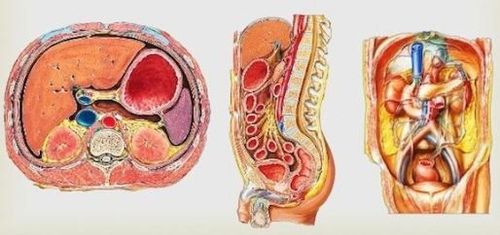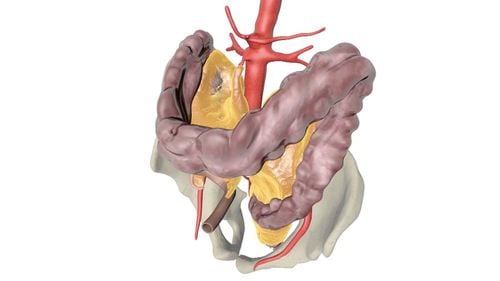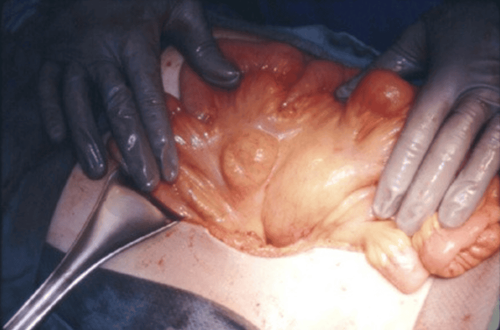This is an automatically translated article.
It seems that the concept of retroperitoneal fibrosis is still quite foreign to us. However, this is a disease with an increasing incidence. How to understand this disease? What is the cause, diagnosis and treatment of retroperitoneal fibrosis? All of this information will be presented in the article below.
1. What is retroperitoneal fibrosis?
Retroperitoneal fibrosis or scientific name is Ormond's disease. This is a disease of retroperitoneal fibrous tissue hyperplasia. The retroperitoneal region is the body cavity that contains the kidneys, abdominal aorta, urinary system, and many other organs.
This disease was discovered by a scientist named John Kelso Ormond in 1948. The scientist's name was used to name the disease.
2. Detailed anatomy of the retroperitoneum
To know more about peritoneal fibrosis, first of all, we need to know what are the characteristics of the retroperitoneum? The retroperitoneal region is limited anteriorly by the posterior parietal peritoneum, posteriorly by the transverse fascia, above the diaphragm, and below by the pelvic rim.
The pararenal zone anterior and posterior divides each side of the retroperitoneal space into three distinct compartments. The posterior compartment contains pararenal fat, the middle compartment contains the kidneys, adrenal glands and perirenal fat, and the anterior compartment is larger.

Cấu tạo và các phần của phúc mạc
3. Causes of peritoneal fibrosis
The main cause of peritoneal fibrosis is immunological and in response to immunosuppression.
In addition, about one-third of patients with peritoneal fibrosis are due to malignancy, drugs, abdominal aortic aneurysm, or some other infection.
4. Diagnosis of peritoneal fibrosis
To be able to accurately diagnose retroperitoneal fibrosis often cannot rely on clinical tests alone. Currently, CT is the best diagnostic method. When diagnosed by CT, patients with peritoneal fibrosis will present with a mass surrounding the abdominal aorta.
Although a biopsy is not recommended in this case, in cases where cancer or infection is suspected, it should be done.
5. Treatment options for peritoneal fibrosis
If the patient does not have an acute urinary tract obstruction, treatment is usually initiated by a specialist with Glucocorticoids, followed by DMARDS as a corticosteroid sparing agent. The SERM drug tamoxifen has also been shown to be effective in improving peritoneal fibrosis.
It can be said that the peritoneum plays an extremely important role in the body, with the function of covering and protecting all organs in the abdomen. Peritoneal fibrosis is a serious surgical disease with a high mortality rate, life-threatening if not detected and treated promptly.
Patients should contact their doctor immediately if abdominal pain occurs or feels tight when touched and is accompanied by fever, nausea, and decreased urine output.

Sau khi thăm khám, bác sĩ sẽ lựa chọn phương pháp điều trị phù hợp nhất với người bệnh
Periodic health check-ups help to detect diseases early, so that there are treatment plans for optimal results. Currently, Vinmec International General Hospital has general health checkup packages suitable for each age, gender and individual needs of customers with a reasonable price policy, including:
Health checkup package general Standard 2020 General health check-up package VIP 2020 General health check-up package Special 2020 General health check-up package Children 2020 General health examination package Work permit - Issuance of work permits Examination results of people sick will be returned home. After receiving the results of the general health examination, if you detect diseases that require intensive examination and treatment, you can use services from other specialties at the Hospital with quality treatment and services. outstanding customer service.
Please dial HOTLINE for more information or register for an appointment HERE. Download MyVinmec app to make appointments faster and to manage your bookings easily.













